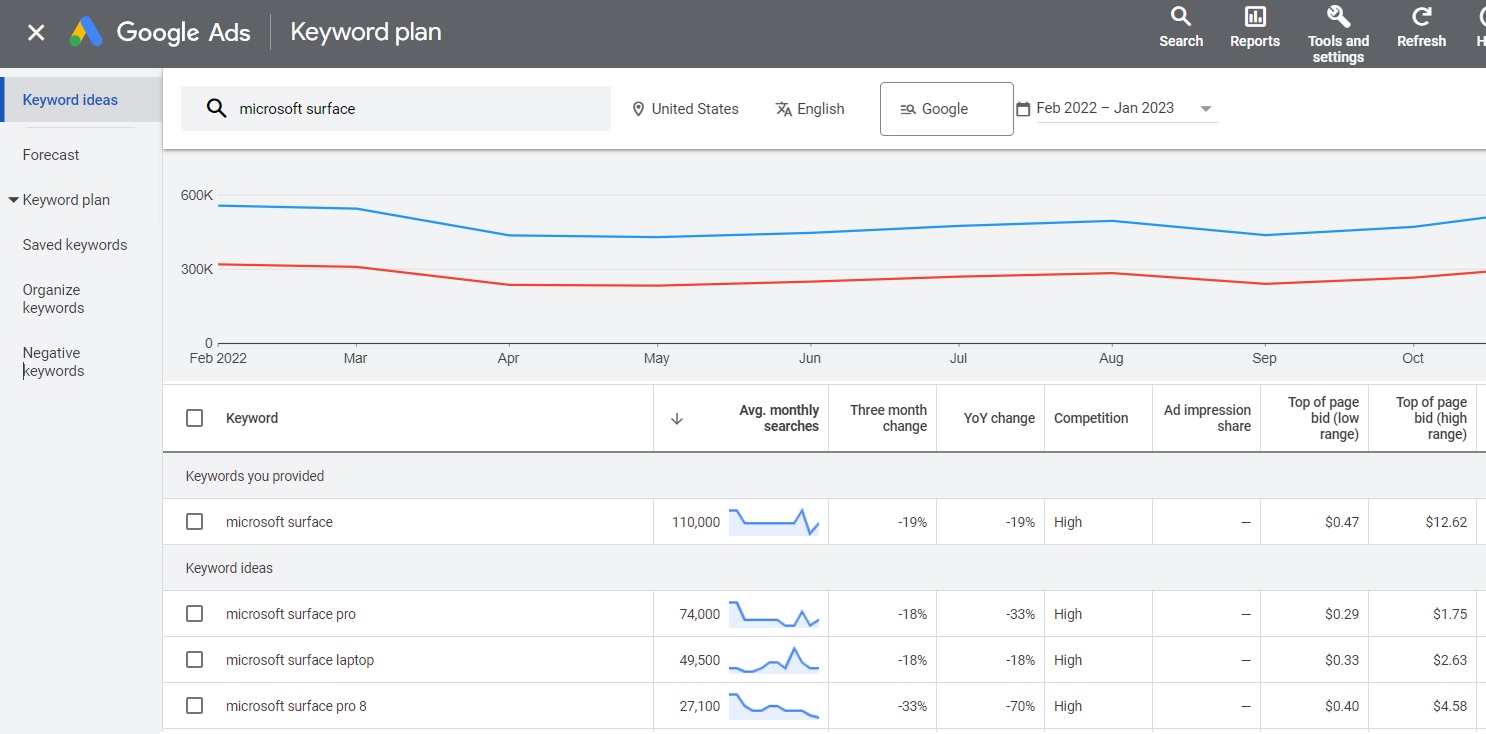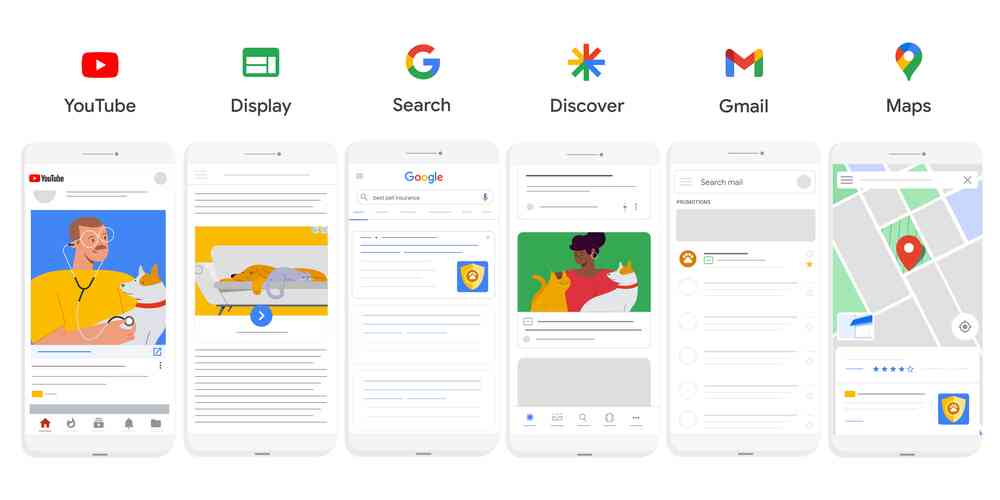In today’s digital landscape, online advertising is crucial for businesses looking to increase their visibility and reach their target audience. Among the myriad of advertising platforms available, Google Ads stands out as one of the most powerful and versatile options. Whether you’re aiming to boost brand awareness, generate leads, or drive sales, Google Ads can help you achieve your goals. This article will guide you through the most important factors to consider when starting to advertise on Google, ensuring your campaigns are effective and successful.
Understanding Your Objectives
Before diving into the complexities of Google Ads, it’s essential to define your advertising objectives. Clear, measurable goals will provide direction and allow you to evaluate the success of your campaigns. Common objectives include:
- Brand Awareness: Increase the visibility of your brand.
- Lead Generation: Collect contact information from potential customers.
- Sales: Drive online or in-store sales.
- Website Traffic: Attract more visitors to your website.
By setting specific targets, such as “increase website traffic by 20% in three months,” you can create focused campaigns that are easier to manage and optimize.
Knowing Your Audience
Understanding who you want to talk to is foundational to any successful advertising campaign. Conducting thorough audience research will help you create more relevant and effective ads. Start by using tools like Google Analytics, surveys, and social media insights to gather data on your audience’s demographics, interests, and online behavior.
Creating detailed audience personas can further refine your targeting. These personas should include information such as age, gender, location, income, and pain points. By tailoring your ads to these personas, you can ensure your message resonates with the right people.
Budget Planning
Setting a realistic budget is crucial for managing your Google Ads campaigns. Start with an initial budget that you’re comfortable with, and be prepared to adjust it based on performance. Understanding key financial metrics like cost-per-click (CPC) and cost-per-acquisition (CPA) will help you allocate your budget effectively.
Consider allocating your budget across different campaigns and ad groups to test various strategies and identify what works best. Balancing spend between high-performing campaigns and experimental ones will allow you to optimize your budget over time.
Keyword Research
Keyword research is the backbone of any successful Google Ads campaign. Identifying the right keywords ensures your ads appear when potential customers are searching for products or services like yours. Use tools like Google Keyword Planner, SEMrush, and Ahrefs to discover relevant keywords and assess their search volume and competition.
Tip: Long-tail keywords, though less competitive, often have higher conversion rates as they target more specific queries.

Ad Copy and Design
Creating compelling ad copy and visually appealing designs is crucial for attracting clicks and driving conversions. Your ad copy should be clear, concise, and highlight the unique value proposition of your product or service. Strong calls-to-action (CTAs) are essential for encouraging users to take the desired action.
For display ads, ensure your designs are visually appealing and aligned with your brand’s identity. Use high-quality images and keep text minimal to maintain visual clarity and impact.
Choosing the Right Ad Types
Google offers various ad types, each suited to different objectives and audiences. Understanding these options will help you choose the right ad type for your campaign:
- Text Ads: These ads will appear on Google search results pages. Ideal for targeting users actively searching for specific keywords.
- Display Ads: Image-based ads that appear on websites within Google’s Display Network. Great for building brand awareness and retargeting.
- Video Ads: Ads that play on YouTube and other video platforms. Effective for engaging and visually showcasing your products.
- Shopping Ads: Product listings that appear in Google Shopping results. Perfect for e-commerce businesses.
- App Ads: Promote your app across Google Search, Play, YouTube, and Display Network.
- Performance Max: A campaign type that allows you to access all of Google’s ad inventory from a single campaign. Performance Max uses machine learning to optimize your ad placements and creative across Search, Display, YouTube, Discover, Gmail, and Maps to achieve your specified goals.
Choose the ad type that aligns with your campaign goals and target audience for maximum impact.

Setting Up Tracking and Analytics
Tracking your campaign performance is essential for measuring success and making data-driven decisions. Set up Google Analytics and conversion tracking to monitor key metrics.
Understanding these metrics will help you identify what’s working and what needs improvement. Regularly reviewing your data allows you to make informed adjustments to your campaigns, enhancing their effectiveness.
A/B Testing
A/B testing involves comparing two versions of an ad to determine which performs better. This method is crucial for optimizing your Google Ads campaigns. Test different elements such as headlines, ad copy, images, and CTAs to see which combinations yield the best results.
Conducting A/B tests systematically will provide valuable insights into what resonates with your audience. Use these insights to refine your ads and improve their performance continuously.
Continuous Optimization
Optimization is an ongoing process that involves fine-tuning your campaigns based on performance data.
Continuous optimization ensures your ads remain effective and competitive. Practices such as adjusting your bidding strategy, refining keyword lists, and testing new ad creatives can significantly impact your campaign’s success. Conclusion
Starting to advertise on Google can seem daunting, but by considering these key factors, you can set yourself up for success. From understanding your objectives and knowing your audience to budget planning, keyword research, and continuous optimization, each step is crucial for creating effective Google Ads campaigns. Dive in, test different strategies, and don’t be afraid to make adjustments along the way. With persistence and data-driven decision-making, you can achieve your advertising goals and drive meaningful results for your business.
